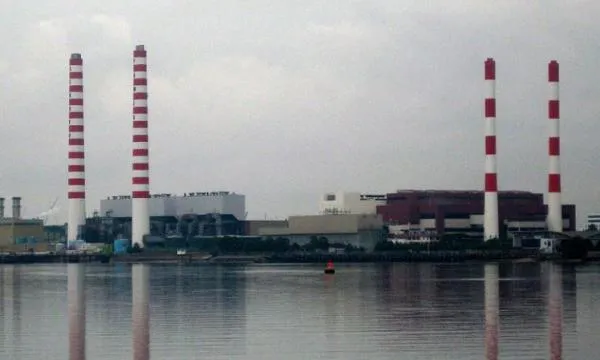
Senoko Energy denies seeking loans to weather oversupply issues
It said it has explored the possibility with EMA but currently sees no need for it.
Senoko Energy is not seeking funding from the government and said it posted positive cash flows in 2018, refuting reports that it has asked for a $100m-$200m loan to help it weather challenging market conditions, according to a spokesperson.
Nikkei Asian Review originally reported that the utility has asked to borrow around $100m (US$73m) to $200m (US$146m) from the government to ride out an oversupply that is expected to persist for a few more years.
On the other hand, the spokesperson said that it has explored the possibility of tapping into loan facilities with the Energy Market Authority (EMA), but is unlikely that it will drawdown to it after recently completing its refinancing.
The genco also said that it is currently working with the regulator and other gencos in resolving the causes of depression in the market blamed onto overcapacity and excess gas supply.
“We have also recently refinanced, which makes us one of the first gencos to take this step to enable us to have greater financial security and at the same time we secured additional working capital facilities from our shareholders as well as new working capital facility lenders. All of this puts us in a very strong operating position,” the spokesperson said.
Senoko Energy remains bullish on market. “There are signs of improvement in the market thanks to increased demand and reprofiling of gas contracts, which is reflected in the higher prices in the electricity futures market,” the spokesperson said.
About 1,250 MW of generation capacity has been retired from the system in 2019 with another 2,800MW indicated for retirement progressively up till 2021. At the same time, overall demand continues to rise with the growth of emerging electricity-intensive sectors such as data centres.
“All these factors, together with the increased demand, will result in the reserve margin (which measures the spare capacity in the system) going below the threshold of 30%,” the spokesperson added.



















 Advertise
Advertise







